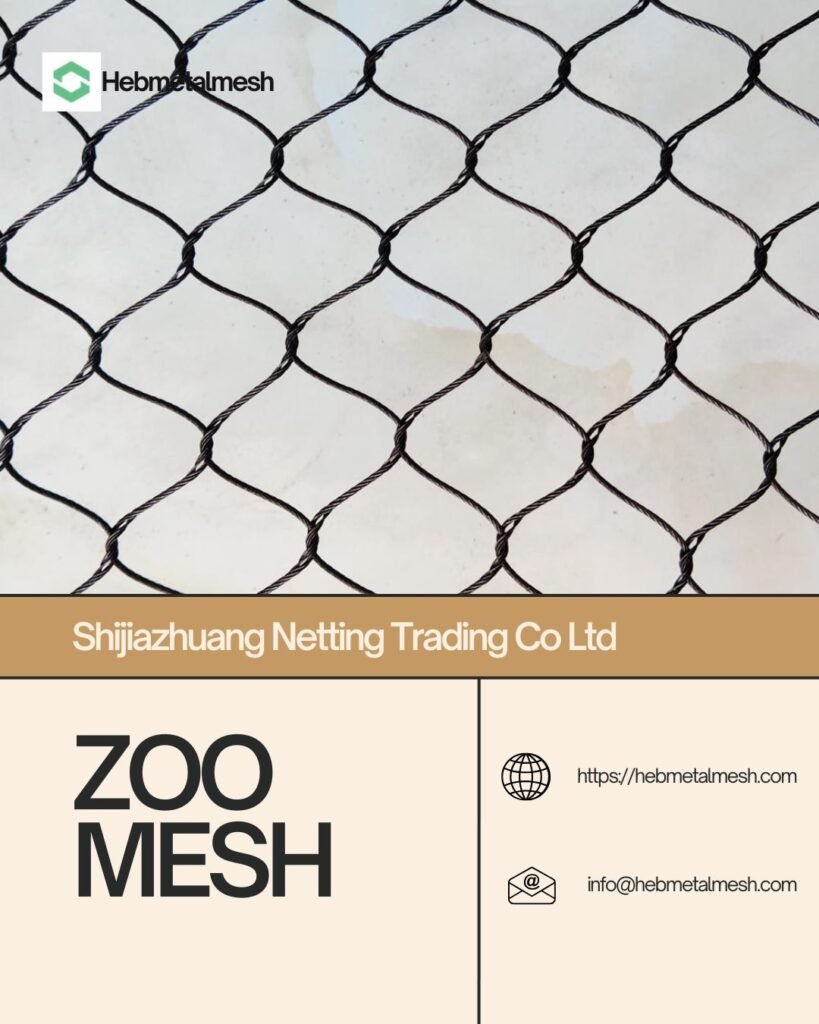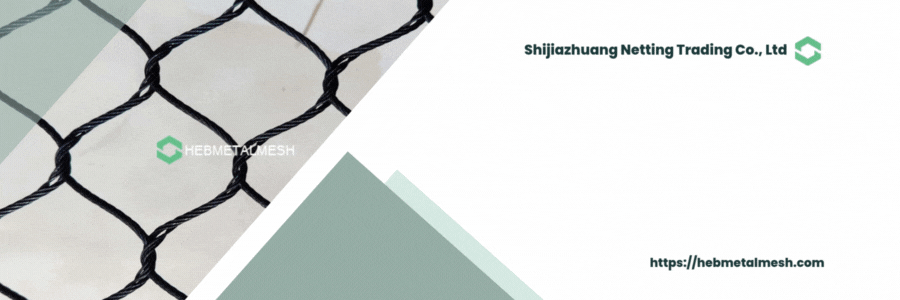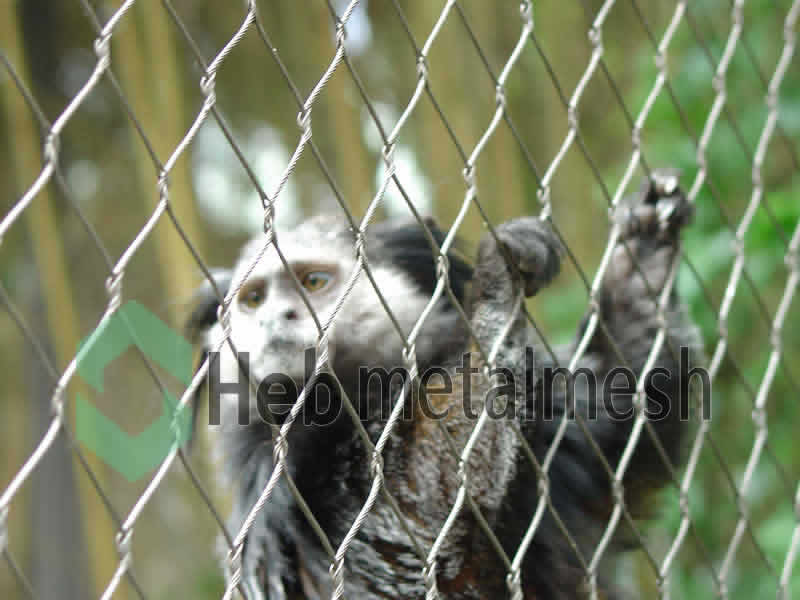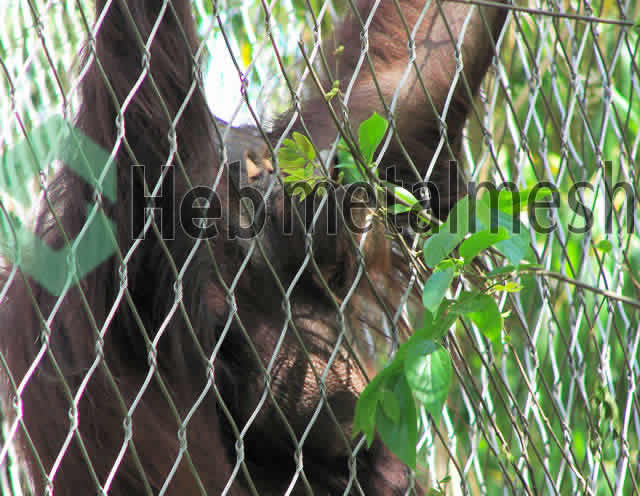Introduction to Animal Fence Barriers
Animal fence barriers play a crucial role in various settings, including farms, zoos, and private enclosures. These structures are designed not only to contain animals but also to protect them from potential hazards while enhancing the landscape’s aesthetic appeal. Have you ever considered the importance of securing your animals within a safe space? Whether for livestock, wild species, or pets, a reliable animal fence barrier is essential for their welfare and your peace of mind.
One of the primary functions of these barriers is to prevent escapes and protect animals from external threats, such as predators. In farms, for instance, a well-constructed fence can significantly reduce the risk of livestock being harmed. Similarly, zoos rely on robust animal fence barriers to create a secure environment for both animals and visitors. Have you thought about the types of animals that inhabit your property and the specific challenges you might face in securing them?
In addition to safety, animal fence barriers can contribute to the overall beauty of a property. A thoughtfully designed fence can complement the landscape and even enhance property value. This aspect is particularly important in places where aesthetics are as significant as functionality. Are you aware of the various designs and materials available that can not only protect your animals but also enhance the visual appeal of your environment?
As you explore the options for an animal fence barrier, consider aspects such as the size and type of animals you need to contain, the terrain where the fence will be installed, and the overall design you envision. Each of these factors will significantly influence your decision-making process and the effectiveness of the barrier. Understanding these elements is key to creating a secure and aesthetically pleasing environment for animals.
Understanding Your Animal Fencing Needs
Choosing the right animal fence barrier requires a comprehensive understanding of the specific needs associated with the animals you intend to contain or protect. Different species exhibit varying behaviors and requirements regarding space, security, and the type of fencing that is most effective. For instance, large animals such as cattle or horses may require sturdier, taller enclosures to prevent escape and ensure their safety. Conversely, a smaller animal like a rabbit may necessitate a fence that is not only lower but also features smaller openings to prevent them from slipping through.
It is essential to first identify the types of animals you will be fencing. For livestock like goats or sheep, electric fencing or woven wire fences can be ideal, as they can discourage escape attempts and prevent intrusions from predators. Small farm animals demand different considerations; for them, a mesh type of animal fence barrier can serve dual purposes — keeping them secure while allowing visibility and airflow. Conversely, when addressing wildlife concerns, especially in areas prone to deer or raccoons, higher and more robust fences deemed “wildlife-proof” become necessary.
Another vital factor in your decision-making process involves the size of the enclosure. A more extensive area may require multiple fencing types or components, like gates and corner supports, to ensure an effective barrier. Additionally, consider the level of security needed; if you are protecting valuable animals or property, investing in higher quality materials such as wire rope mesh can offer enhanced resistance against harm or entrapment. By thoroughly assessing these considerations, you can make well-informed decisions that cater to the unique needs of your animals while ensuring their safety and well-being.
Why Choose Wire Rope Mesh for Your Fence

When considering an effective animal fence barrier, wire rope mesh stands out as an exceptional option for several key reasons. One of the primary advantages of this fencing material is its unparalleled durability. Made from high-quality stainless steel 304, wire rope mesh is resistant to rust and corrosion, ensuring it maintains its structural integrity over time. This resilience makes it especially suitable for diverse weather conditions, providing a long-lasting solution to keep animals contained securely while minimizing maintenance requirements.
In addition to its durability, safety is a notable feature that wire rope mesh offers. The design inherently minimizes the risk of entanglement or injury to animals, making it an animal-friendly fencing choice. The mesh structure allows for visibility, enabling animals to see their surroundings without feeling confined, which can help reduce stress and anxiety. This combination of safety and animal welfare makes wire rope mesh an excellent choice for farms, zoos, or private properties that prioritize the well-being of their animals while still maintaining a reliable barrier.
Aesthetically, wire rope mesh does not compromise visual appeal. Its sleek design blends effortlessly into various environments, whether rural or urban. Offered in natural or black oxide color finishes, the fencing material can be tailored to match the surrounding landscape or architecture, enhancing the overall look of the property. This visual integration is critical for those who wish to maintain the beauty of their surroundings while implementing effective animal barriers.
With these attributes—durability, safety, and aesthetic versatility—wire rope mesh proves to be an outstanding choice for anyone seeking an efficient animal fence barrier. Its high-quality construction ensures that it meets the demands of both functionality and visual appeal, making it a reliable investment for long-term use.
Comparative Analysis: Wire Rope Mesh vs. Other Materials
Choosing the right animal fence barrier is crucial for ensuring both the safety of livestock and the integrity of the property. While traditional fencing materials such as wood, chain link, and welded wire have long been staples in animal containment, wire rope mesh presents several advantages that can make it a superior choice. One significant factor is longevity; wire rope mesh is constructed from durable materials that withstand environmental elements far better than wood, which may rot or warp over time. Unlike chain link fencing, which can sag and become less effective, wire rope mesh maintains its structural integrity, providing a reliable barrier for years.
Another important aspect to consider is maintenance. Wooden fences require frequent inspections and treatments to prevent decay, which can become labor-intensive and costly. In contrast, wire rope mesh offers low maintenance requirements, allowing animal owners to focus their efforts elsewhere. Chain link and welded wire, while also relatively low maintenance, often do not match the strength and durability of wire rope mesh, which excels in high-stress environments where animals may attempt to escape or intrude.
Animal safety is paramount when selecting an animal fence barrier. Wire rope mesh provides a formidable barrier against even the most determined animals, with its tight-knit structure minimizing the risk of entrapment or injury. Traditional materials like wood can have splintering edges, and chain link may leave gaps if not properly installed. Wire rope mesh is specifically designed with animal safety in mind, ensuring a protective environment that mitigates the chances of escape or injury.
In summary, wire rope mesh outperforms traditional fencing materials in key areas such as longevity, maintenance, and animal safety. As more animal owners consider their options, the shift towards wire rope mesh as a preferred fencing solution becomes evident, offering superior protection and durability for both livestock and the land they occupy.
Installation Tips for Wire Rope Mesh Fencing
Installing a wire rope mesh animal fence barrier requires careful planning and execution to ensure it withstands the pressures from animals and environmental factors. Before beginning, gather essential tools such as a post hole digger, level, tape measure, gloves, a wire cutter, and fasteners. Additionally, having a helper can make the process more efficient.
The installation process can be broken down into several key steps. Start by determining the perimeter of the area you wish to enclose. This will help establish the length of the wire rope mesh needed and the locations for the fence posts. Ensure the post spacing does not exceed eight feet apart for optimal strength and stability. Mark these points clearly on the ground.
Once the layout is established, begin digging holes for the fence posts. Each hole should be at least 2 feet deep for adequate grounding, especially if the area experiences severe weather. Place the fence posts into the holes and use a level to ensure they are vertically straight. Fill the holes with concrete to secure the posts in place.
After the posts are secure, it’s time to attach the wire rope mesh to the posts. Start at one corner of the fence, unrolling the mesh along the line of posts. Use staples or fence ties to fasten the mesh securely to each post, ensuring it remains taut. This step is crucial in providing a strong animal fence barrier that deters intrusions and escapes.
Common pitfalls to avoid include not securing the posts deep enough, which can lead to instability, and overlooking the tension in the wire mesh, which may result in sagging over time. To ensure a successful installation, it’s advised to check the tension periodically and make adjustments as needed. Following these expert tips can help create a durable and effective wire rope mesh fencing solution for your property.
Maintenance Practices for Long-lasting Fencing
Maintaining wire rope mesh fencing is crucial for ensuring its longevity and effectiveness as an animal fence barrier. Regular maintenance not only prolongs the life of the fencing but also enhances its ability to keep animals contained securely. Here are some essential practices to consider.
Firstly, cleaning the wire rope mesh is significant. Dirt, debris, and plant growth can accumulate over time, which may compromise the integrity of the fence. It is recommended to routinely remove any vegetation or clutter around the fence line, as these can harbor pests or exert pressure on the fencing material. A gentle wash with water and mild soap can help eliminate any stubborn dirt without damaging the mesh. Avoid using harsh chemicals, as they may corrode the metal wires over time.
Regular inspections are imperative for identifying potential damages. During inspections, look for signs of rust, fraying, or any physical damage to the mesh or support posts. Pay particular attention to areas that are exposed to harsh weather conditions, as they are more susceptible to wear and tear. It is advisable to inspect the fencing at least twice a year and after severe weather events to catch any issues early.
If any damage is discovered, prompt repairs are necessary to maintain the efficiency of the animal fence barrier. Minor issues such as small tears can often be fixed with a simple repair kit designed for wire mesh. However, if significant sections of the fence are compromised, replacing those sections entirely may be the most effective solution.
By implementing these maintenance practices, property owners can ensure their wire rope mesh fencing remains robust and functional for years, creating a safe environment for their animals. Regular attention to cleaning, inspections, and repairs will make a substantial difference in the efficacy of the fencing solution.
Real-life Success Stories: Animal Fence Barrier Applications
The implementation of animal fence barriers, particularly wire rope mesh fencing, has been met with remarkable success across various settings. Many farmers and animal enthusiasts have shared their experiences, noting the significant difference these barriers have made in securing their livestock and pets. One such testimonial comes from a dairy farmer in Wisconsin who faced challenges with deer and other wildlife invading her pastures. After installing a wire rope mesh fence around her property, she reported a drastic reduction in wildlife encounters. This change not only protected her crops but also improved the overall health and productivity of her animals, demonstrating the efficacy of a robust animal fence barrier.
Another inspiring story comes from a local zoo that aimed to provide a safe yet visible enclosure for their exotic birds. The zookeepers opted for wire rope mesh not only for its strength and durability but also for its transparent nature, which allowed visitors to view the animals without obstruction. The results exceeded their expectations, as the animals enjoyed a secure space while also enhancing the educational experience for zoo-goers. The application of wire rope mesh fencing in this context highlighted its versatility as an animal fence barrier and its ability to blend into the natural surroundings, ensuring the welfare of the animals while also engaging the public.
Frequently Asked Questions (FAQ) About Animal Fence Barriers
When considering the installation of an animal fence barrier, particularly wire rope mesh, several questions often arise. Addressing these inquiries is essential for prospective buyers looking to secure their properties and ensure the safety of their animals. This FAQ section aims to provide clarity on common concerns related to animal fence barriers.
Animal fence barriers, including wire rope mesh, are designed to comply with various safety regulations. These standards are formulated to guarantee that the material used is durable and effective in preventing animal escapes. Many manufacturers provide documentation to confirm their products adhere to local and national guidelines, ensuring peace of mind for those considering their use.
Installing a wire rope mesh animal fence barrier typically requires a strong framework and specific tools to ensure stability. The installation process involves careful planning to account for the terrain and intended purpose of the barrier. Proper anchoring and tensioning of the mesh are crucial to maintain its functionality. It is advisable to consult with a professional or refer to manufacturer guidelines to achieve the best results.
Yes, one of the advantages of wire rope mesh fences is their versatility in customization. Depending on the specific needs of the property, these barriers can be adjusted in height, material thickness, and spacing. Customization ensures that the fence can effectively deter particular animals while blending harmoniously with the landscape. Engaging a knowledgeable supplier can aid in identifying the most suitable customization options for your situation.
Potential buyers can feel more informed and reassured by addressing these frequently asked questions regarding animal fence barriers. Picking the right fence ensures both the safety of animals and the integrity of property boundaries.
Conclusion: Make the Smart Choice for Your Animals
Ensuring the safety and well-being of your animals is a responsibility that should not be taken lightly. Throughout this guide, we have explored the various aspects of animal fence barriers, particularly highlighting the advantages of using wire rope mesh. This fencing solution stands out not just for its strength and durability, but also for its ability to provide a secure and comfortable environment for your animals.
We have discussed how wire rope mesh allows for visibility and air circulation, essential elements that contribute to the welfare of animals. The non-toxic, weather-resistant materials used in this type of fencing ensure longevity and reliability, minimizing the risks associated with other lesser-quality barriers. Additionally, different styles of wire rope mesh offer versatility, allowing you to customize your enclosure based on specific needs and challenges in your environment.
Investing in a high-quality animal fence barrier like wire rope mesh is not just a decision for today, but a commitment to the long-term safety and happiness of your animals. By choosing such a fencing solution, you gain peace of mind knowing that your animals are well-protected against potential predators and escape attempts. It is essential to remember that the proper fencing is an investment that can prevent costly accidents and reduce stress on both animals and their caretakers.
In conclusion, selecting the best animal fence barrier is crucial for the overall welfare of your livestock or companion animals. Wire rope mesh, with its array of benefits, stands out as an excellent option. As you contemplate your fencing choices, prioritize quality and reliability to ensure the security of your animals and the sustainability of your endeavors. Take the step today to enhance your animal’s safety and well-being with a reliable, effective fencing solution.



